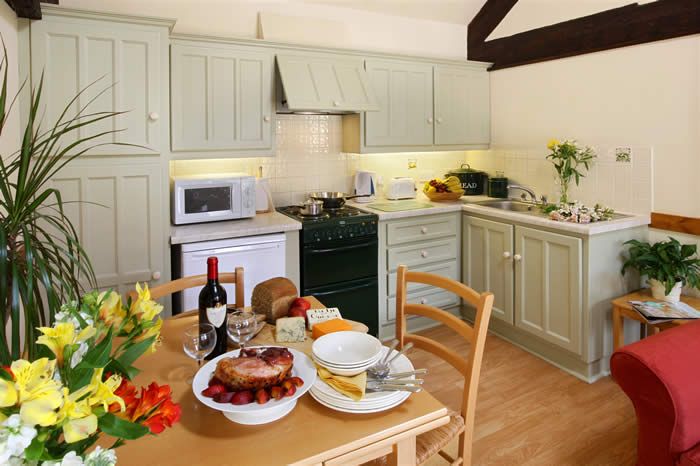Eat Like A Local In Venice: 5 Places Without Tourist Traps
One of most common things that will happen when you are travelling is that you end up in a ridiculously expensive restaurant after being ushered in by an overly enthusiastic waiter. Experienced travelers will tell you to avoid such tourist traps with menus that are in more than 3 languages and with blatant picture displays. But where do you find best non touristy places to eat like a true Venice local?
While some of the Venetian restaurants might have accumulated a bad reputation for themselves as having exorbitant prices, we want to introduce to you some of the places where locals eat to get a taste of good, authentic local food without burning a hole in your pocket (or falling into a tourist trap!).
1. Trattoria Alla Rampa

Castello, 1135, 30122 Venezia VE, Italy (Via Garibaldi)
Telephone: +39 041 528 5365
Lunch only, closed on Sunday
Located in a working-class neighbourhood, Trattoria Alla Rampa is a popular lunch spot for the residents who live in this neighborhood. Their wallet-friendly “worker’s menu”, which consists of pasta, main course, wine and coffee, is excellent value for €13. And it probably explains why they are always packed with locals for lunch. At 1pm, the menu switches to offering home-styled Venetian dishes. Dishes can include veal scaloppini (similar to a veal cutlet), risi e bisi (Venetian rice and peas) and squid ink pasta. Pasta costs €10 and main dishes around €14.
2. Venetian fish cooked by a true Venice seaman, Massimo

The reviews on his page to book speak for themselves and you cannot get more local than enjoy a freshly cooked fish in a Venetian’s own home. Venice’s widely popular home-chef and seaman Massimo offers the freshest seafood cuisine and guarantees a taste of the 7 seas with his meal in an ancient home in central Venice. Feel free to check him out here.
3.Osteria Al Portego

Castello San Lio, 6014, 30122 Venezia, Italy
+39 041 522 9038
When you are in venice, you definitely need to try out their cichetti, which are small snacks or side dishes typically served in bacari or also know as cichetti bars in Venice. Osteria Al Portego has a wide selection of cichetti such as fried stuffed zucchini flowers and bread with baccalà (dried salted cod). If you are in for a drink, join them for their happy hour and choose from their large selection of wines.
4. Ristorante Dalla Marisa

Cannaregio, 652, 30171 Venezia, Italy
+39 041 720211
Given its appearance, this restaurant might not attract your attention but it sure did catch the eyes of editors at Jamie Oliver’s travel magazine. This intimate, cozy restaurant does not have an a la carte menu but instead offer dishes that change daily, depending on what ingredients are available. If you are up for good seafood and would happily go where locals would go, then you are at the right place.
5. Osteria da Alberto

Calle Giacinto Gallina – Cannaregio, 5401, 30121 Venezia, Italy
+39 041 523 8153
Located between Campo San Giovanni e Paolo and the Santa Maria dei Miracoli, Osteria da Alberto is a local’s favourite, especially around lunchtime. They serve authentic and classic Venetian cuisines such as risotto and spaghetti with squid ink. Their daily specials menu is ever changing based on the season and what the chef can find in the local seafood market, so you can be sure that everything is fresh. Go in, grab a table and let them surprise you.





















